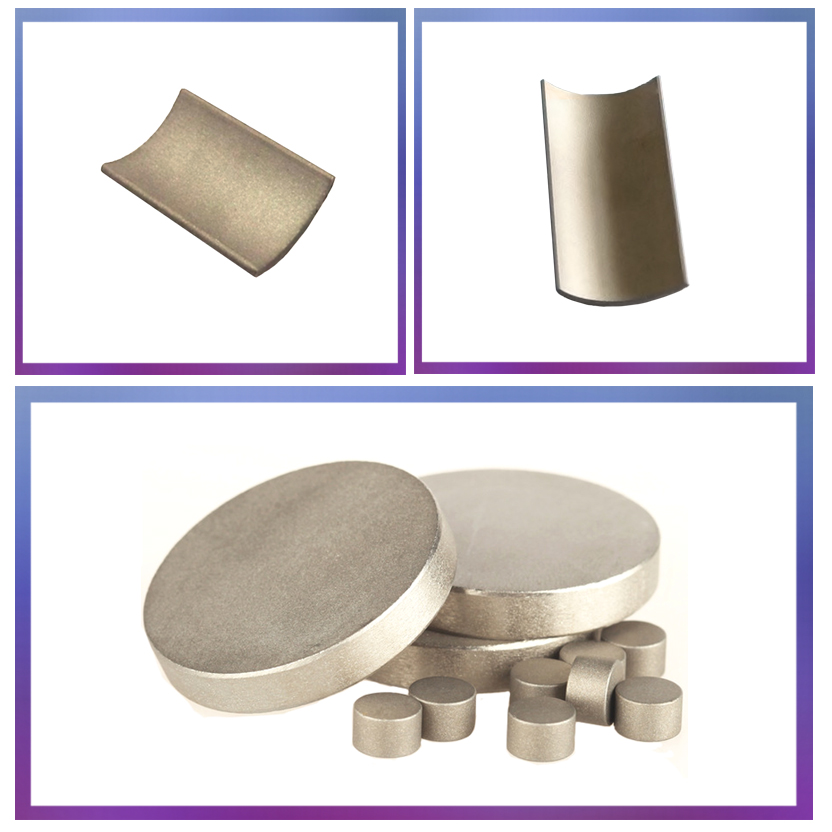From the hundred yuan of smart cameras, smart bulbs to 10,000 yuan of smart refrigerators, smart cabinets, smart home systems... As the founder of the small ant video machine Song Wei said, the smart hardware industry has come to revive. In recent years, the scale of China's smart home market has continued to grow. Relevant statistics show that the total size of the smart home market in 2013 was about 3.08 billion US dollars. In 2014, it grew to 3.8 billion US dollars, up 23.38% year-on-year. It is estimated that the market size will reach 4.8 billion in 2015. The US dollar grew by 26.32% year-on-year. It can be said that the future of smart home is unimaginable.
With the rapid development of the smart home industry, questioning and torture have also come. Insiders react: Many of the current smart hardware products are just wearing smart outerwear, but doing the traditional manufacturers. The current smart home is mainly the intelligent transformation of the original household appliances, involving huge hardware manufacturing costs, not the same as the Internet content and software can achieve zero marginal cost. Therefore, how to establish a business model according to the common law of the Internet “wool out of the pig†has become a key issue for entrepreneurs in this industry.
The Xiaomi smart bracelet has been smashed into the market at a low price, and other brands have passively lowered prices. Recently, Xiaomi President Lin Bin also showed Xiaomi's smart home kit at the Geek Park Conference. According to Xiaomi's usual style of driving himself crazy and killing others, the basic suit will also take the route of the people. Li Qi, head of Xiaomi's smart home operation, said when he participated in the Sohu Focus Home Think Tank Forum: The logic of Xiaomi's hardware is cost pricing, which is born for enthusiasts. And these hardware are not one-off, can be upgraded through the APP, weekly or monthly, so that more services can be provided in the future. In Xiaomi's smart home vision, if customers use Xiaomi's router, then the product experience and corresponding services will be more. But if you don't want to change the router, then download the Xiaomi APP can also be managed. Therefore, the user actually buys not the hardware, but the future service. Xiaomi sells smart products is only the first step to make money. The soft service tied to the products is the most profitable for Xiaomi in the future.
Chen Kaiyi, CEO of Weikai China, further pointed out that the profit of hardware in each field will become thinner and thinner. Compared with traditional hardware, intelligent hardware differs in "intelligence". Intelligence mainly refers to access to the Internet, while access to the Internet is obviously for service, and the purpose of the service is to have a strong relationship with the user. Therefore, the essence of intelligent hardware is to sell services, hardware is only a carrier, is the entrance to the user.
Compared with traditional hardware, intelligent hardware has significant differences in pricing mode and business model. Traditional hardware pays more attention to branding, brand promotion, sales promotion, brand premium and profit margin. Brands are like building, layer by layer, big brands, the higher the premium, the higher the profit margin. The intelligent hardware is horizontally extended. Compared with the one-time transaction between traditional hardware and consumers, the intelligent hardware strives to maintain a relationship with the buyer. The identity of the buyer is developed from a consumer to a long-term user. Therefore, in the profit model, the rapid development of intelligent hardware users becomes the key, and continues to profit through the service.
It is worth noting that, at the current level of development, certain categories in smart homes can be attached to a variety of Internet value-added services, such as televisions, TV boxes, routers, speakers, refrigerators, video surveillance, etc. These are either paid Get more content or faster internet speeds, or pay for more network storage and more advanced features. Most of the home appliances are still pure hardware, and it is difficult to immediately attach attractive and competitive Internet value-added services, such as door locks, lights, sockets, air conditioners, air purifiers, etc., the profits of these hardware are still mainly From the hardware sales itself.
At present, there are more than 100 million potential smart home customers in China. By 2015, the output value of smart homes will reach 124 billion yuan. It is expected to reach 2 trillion yuan in 2020. In the next three years, the smart home market will show a compound annual growth rate of 56%. It can be foreseen that in order to seize the market more quickly, the Internet giant is better at using value-added services with monopoly advantages or directly subsidizing hardware to achieve zero-profit sales of hardware. Therefore, for intelligent hardware, trying to rely on hardware for profit, there is no plan to make the business long-term, and there is no plan to rely on service profit, so sooner or later.
Samarium Cobalt magnets are divided into 2 sort, SmCo5 & Sm2Co17, magnetization from axial direction or dia direction are both available, compared with SmCo5, Sm2Co17 magnets have reduced expensive samarium while the magnetism is rising, moreover, its`reversible temperature coefficient is also better than SmCo5 .For working temperature of Smco Magnet is up to 350℃,thus, its` chemical stability and BH use ratio are better than NdFeB in high temperature environment hence it is widely applied on AC servo motor, operator, industrial motor, sensor, aerospace and military areas,like cup magnet,Round Base Magnet.


Smco Magnet,Strong Smco Magnet,Permanent Smco Magnet,Smco Magnet Disc,Irregular Smco Magnet,Smco Magnet Block,Cup Magnet,Round Base Magnet
NINGBO SHINE MAGENETIC TECHNOLOGY CO.,LTD , https://www.shinemagnets.com